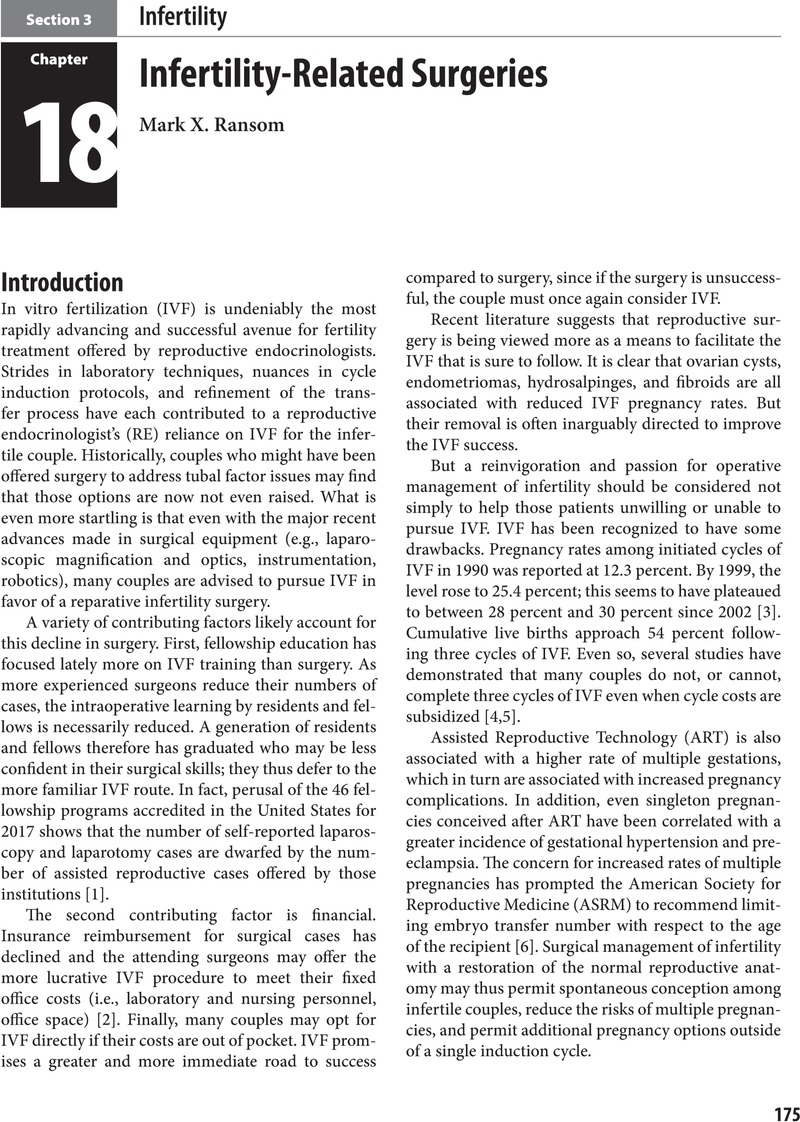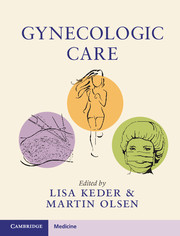Book contents
- Gynecologic Care
- Gynecologic Care
- Copyright page
- Dedication
- Contents
- Contributors
- Preface
- Section 1 Basic Gynecologic Care Issues
- Section 2 Gynecologic Surgery
- Section 3 Infertility
- 16 First Trimester Spontaneous Abortion
- 17 Nontubal Ectopic Pregnancy
- 18 Infertility-Related Surgeries
- 19 Surgical Management of Endometriosis
- 20 Myomectomy
- 21 Oncofertility
- Section 4 Urogynecology and Pelvic Floor Dysfunction
- Section 5 Gynecologic Oncology
- Section 6 General Considerations
- Index
- References
18 - Infertility-Related Surgeries
from Section 3 - Infertility
Published online by Cambridge University Press: 01 February 2018
- Gynecologic Care
- Gynecologic Care
- Copyright page
- Dedication
- Contents
- Contributors
- Preface
- Section 1 Basic Gynecologic Care Issues
- Section 2 Gynecologic Surgery
- Section 3 Infertility
- 16 First Trimester Spontaneous Abortion
- 17 Nontubal Ectopic Pregnancy
- 18 Infertility-Related Surgeries
- 19 Surgical Management of Endometriosis
- 20 Myomectomy
- 21 Oncofertility
- Section 4 Urogynecology and Pelvic Floor Dysfunction
- Section 5 Gynecologic Oncology
- Section 6 General Considerations
- Index
- References
Summary

- Type
- Chapter
- Information
- Gynecologic Care , pp. 175 - 183Publisher: Cambridge University PressPrint publication year: 2018
References
- 1
- Cited by



